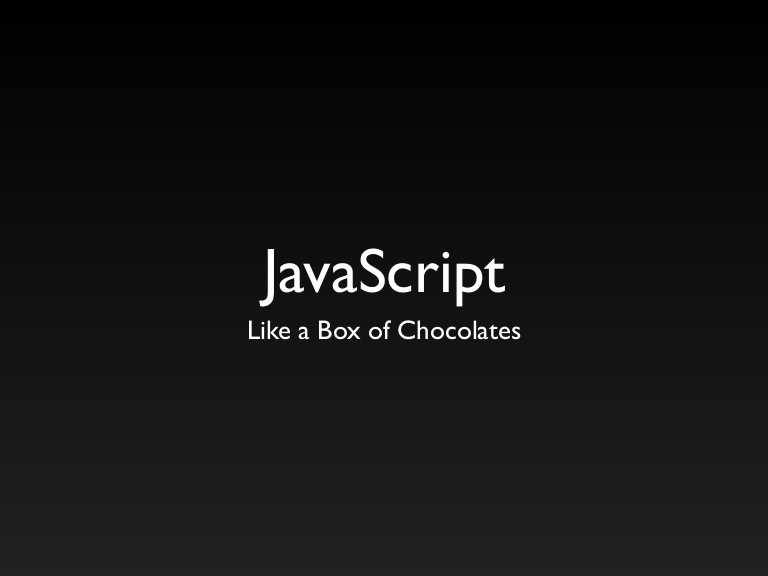Last updated: 5/14/13
One of the fun things about being a web developer is sometimes you get technical books to read for free. Packt Publishing recently sent me a copy of jQuery 2.0 Table Manipulation How-to by Charlie Griefer to review for this blog. It’s part of their Instant series of books – short and focused books (instead of a 500 page tome) designed to deliver concrete results.
What is jQuery?
jQuery is an open-source cross-browser Javascript library designed to make it easier to enable Javascript behaviors and effects for web developers. As it’s one of the most popular open-source Javascript libraries today, it’s probably going to be a topic that a graphic designer who works on the web will run into.
The Pros
The book delivers on its main core promise
The book definitely delivers on its promise. You essentially get a bunch of jQuery recipes for manipulating HTML tables. For instance, there’s recipes for making striped tables, implementing pagination on multi-row tables, showing and hiding rows, as well as a bunch of other useful recipes. I think it’s a good fit if you’re a developer that needs to quickly implement a working piece of jQuery code in your web application.
The book’s explanations are clear
The book was about 50+ pages long, and it gave you the problem you were trying to solve, the jQuery/HTML recipe for doing so, and then a short explanation of how it all worked.
You get the code
Packt does provide a URL where you can download the example code. Obviously this is useful for testing out the examples. While I didn’t test all the examples, I’m pretty confident if you run into any errors you can probably solve them via Google and StackOverflow.
The Cons – Downloading Example Code
To leave a balanced review, I like to find at least one or two things I would like to change. Regarding the downloading of example code, here is what the book says: “You can download the example code files for all Packt books you have purchased from your account at http://www.packtpub.com. If you purchased this book elsewhere, you can visit http://www.packtpub.com/support and register to have the files e-mailed directly to you.”
Having to register in order to download code isn’t the worst thing in the world, but it does feel inconvenient. Though I understand why the publisher would want to do something like this, I wish they would take the approach some other book publishers have and make the code downloadable without having to go through a registration process.
Overall, the book delivered on its promise
It will help you achieve a focused result using a jQuery recipe. So if you’ve been looking for a quick read to help you AJAX-ify your web application, consider picking this book up over at Amazon in kindle or paperback format if you’re interested.
